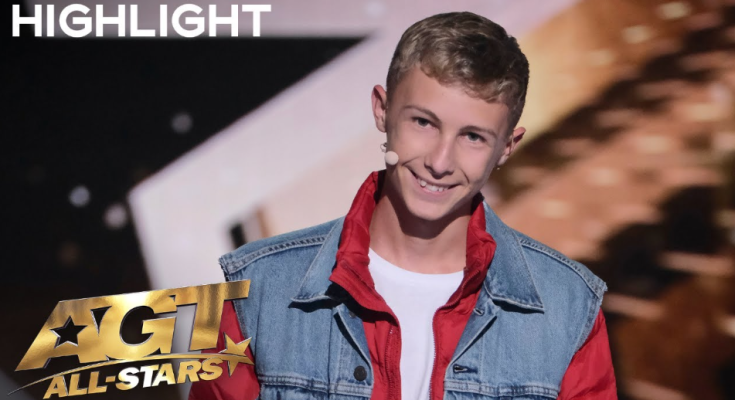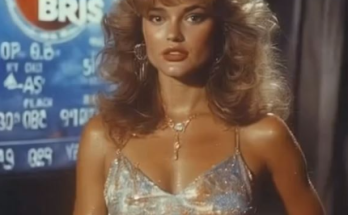“Jasper Cherry Proves Time Travel Exists With This AMAZING Magic Act!” is a bold and eye-catching headline designed to spark curiosity and intrigue. It suggests that Jasper Cherry, a young magician known for his talent and creativity, has performed a magic trick so astonishing that it appears to defy the laws of reality—specifically, time itself. By using the phrase “Proves Time Travel Exists,” the title plays on the idea that Cherry’s illusion is so convincing and powerful that it blurs the line between magic and science fiction.
The capitalized “AMAZING” emphasizes the spectacle and excitement of the act, appealing to audiences who enjoy high-energy performances and mind-bending illusions. This type of wording is common in viral video titles and show promotions, aiming to generate clicks, shares, and discussions by evoking a sense of wonder and disbelief.
While the claim of “proving time travel” is clearly hyperbolic, it sets the tone for a performance that likely involves complex sleight-of-hand, clever misdirection, or innovative technology to create an illusion that plays with the concept of moving through time. It may involve disappearing and reappearing objects, changes in costume or setting, or even storytelling elements that suggest a journey through the past or future.
Overall, the title is a blend of theatrical flair and sensational marketing. It doesn’t literally claim that time travel has been discovered, but rather highlights the extraordinary nature of Jasper Cherry’s act. It captures attention, builds anticipation, and sets the stage for a magical experience that feels larger than life—exactly what audiences expect from a top-tier magician.



